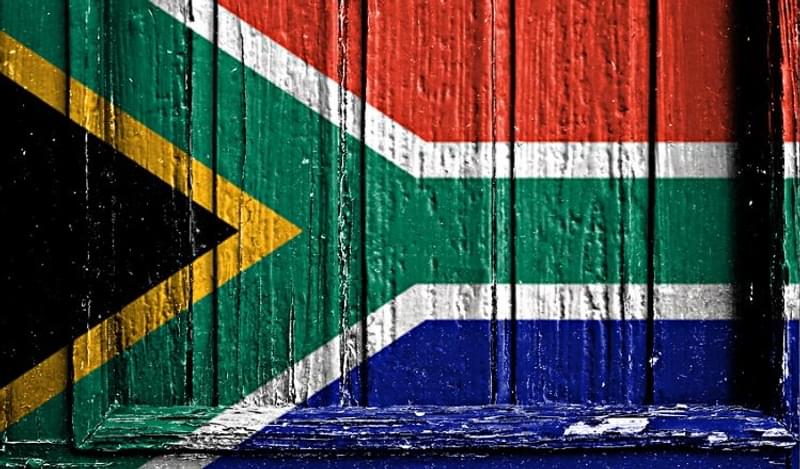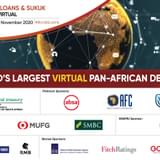According to South Africa’s Deputy Finance Minister, the country’s borrowing costs could increase substantially if its credit rating is dropped to sub-investment grade by the three main rating agencies.
However, this view is not shared by all. Rowan Williams-Short, portfolio manager at Vunani Fund Managers highlighted that following each previous change to South Africa’s sovereign rating, there has been no noticeable effect on the country’s domestic government bond yields.
“The lack of noticeable change can be explained by the fact that the markets in all countries tend to be several steps ahead of the rating agencies, so credit rating changes tend to be priced in well ahead of the announcement.”
Indeed, many investors and analysts view a downgrade to junk by one of the main rating agencies as almost inevitable, with one explaining that “the writing is pretty much on the wall for December,” following June’s reprieve when the country managed to just retain its investment grade rating.
There is currently between a one to two notch downgrade priced into South African fixed interest markets (local and foreign assets), according to Melville du Plessis, portfolio manager at Sanlam Investment. “There is scope for further downside however as there is a reasonable margin of safety priced in from a financial markets perspective.”
Despite the fact that South Africa’s credit is already trading as if the sovereign held a junk status, it is expected there would still be a short-term increase in interest rates and borrowing costs should South Africa’s credit rating be downgraded, du Plessis continued.
“It would of course be dependent on the prevailing circumstances and market levels at the time, in addition to the specific reasoning as well as the extent of the downgrades,” he said, adding that the negative sentiment associated with a downgrade could lead to negative longer term ramifications for the real economy, and also affect the foreign direct investment perspective.
Alongside already anticipating the rating agencies, the markets are also increasingly placing less emphasis on their pronouncements, according to Williams-Short.
“After all, analysts at rating agencies do not necessarily have more information or insight than other analysts, and the agencies’ records have been badly tarnished over the past decade or so by some woefully inaccurate assessments.”
He continued that following the sub-prime incident amongst others, rating agencies have been on the defensive, and have been more conservative ever since.
In addition to already expecting a downgrade, it is unlikely that a large selloff of South African debt would occur by foreign investors if one were to happen.
“Past data shows net foreign activity in South Africa’s bond markets to be pure white noise,” said Williams-Short.
In addition, a downgrade would actually provide investors with better returns. “Arguably, selling after a downgrade accompanied by a rise in yields hardly constitutes intelligent investment decision-making,” Williams-Short continued, referring to investors not restricted by rating criteria.
Any downgrade is unlikely to reflect the country’s fundamentals. Although the South African Deputy Finance Minister noted that debt servicing costs were the highest growing item in the October medium-term budget, the country’s finances remain in relatively good shape.
South Africa’s foreign borrowing currently stands at less than 10% of total debt. Total debt remains below 50% of GDP, a ‘relatively comfortable’ level according to Williams-Short.
In addition, although it remains somewhat volatile, the rand’s slowly strengthening performance against the US dollar has further eased dollar debt servicing costs.
According to Bloomberg, the rand began the year at 15.5575 to the dollar, and although it reached a 5-year high of 16.8717 to the dollar and has remained volatile, it has gained on the dollar in overall terms.
However, on the news of Donald Trump’s victory over Hillary Clinton for the US presidency, the rand has lost ground, falling from 13.1866 to 13.7668 against the dollar.
Nevertheless, relatively low levels of external and total debt and a market that is already expecting a downgrade means that when it comes, it will not alter South Africa’s ability to borrow.
“In the near term a downgrade by one (or more) of the rating agencies should not materially affect South Africa’s ability to borrow. The impact would be more pronounced over the longer term should there be a deterioration in South Africa’s fundamentals and further credit rating downgrades,” du Plessis noted.
Still, the profile of investors may change, especially if the downgrade crosses into the high yield threshold, but according to du Plessis, not even a one or two notch downgrade would materially impact the investor base.









